Cassini Spacecraft Photos Reveal the Secrets of Saturn's Strangest Moons
Saturn's Moons
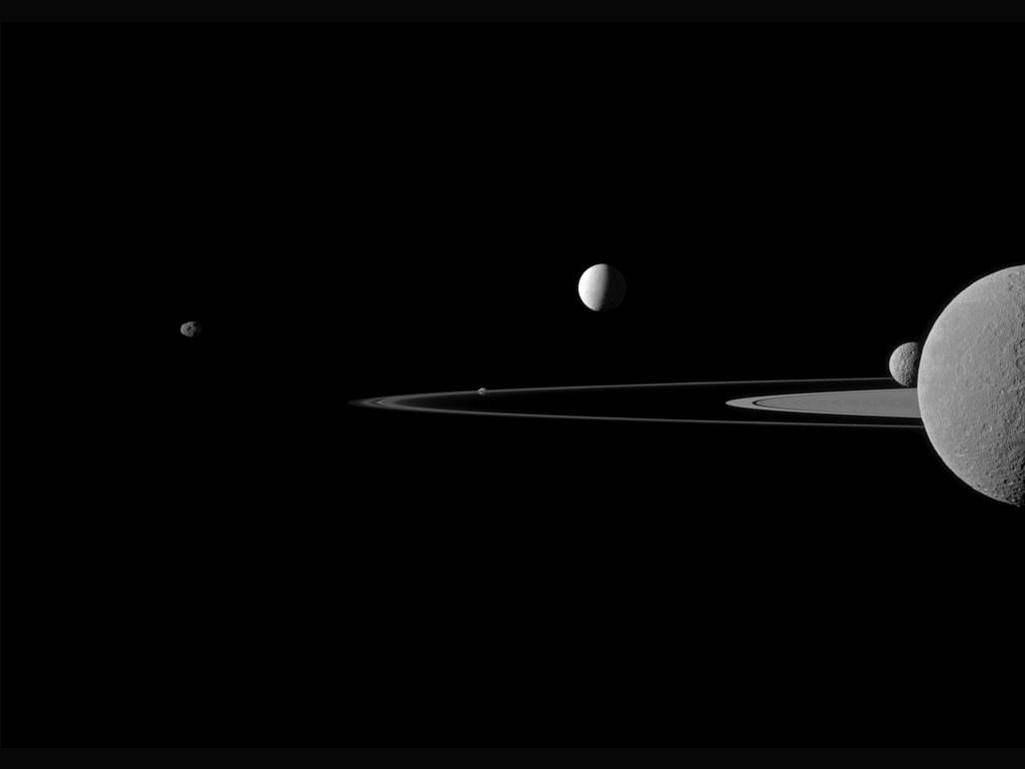
The ringed planet Saturn is orbited by 53 confirmed moons (plus 9 provisional moons and many more unconfirmed moons) that scientists are investigating. Exploration of the Saturn system by the Cassini spacecraft revealed that some of these moons are wondrous and unique; a few may even have environments that could host life. Here is a gallery of Saturn's strangest moons.
Titan
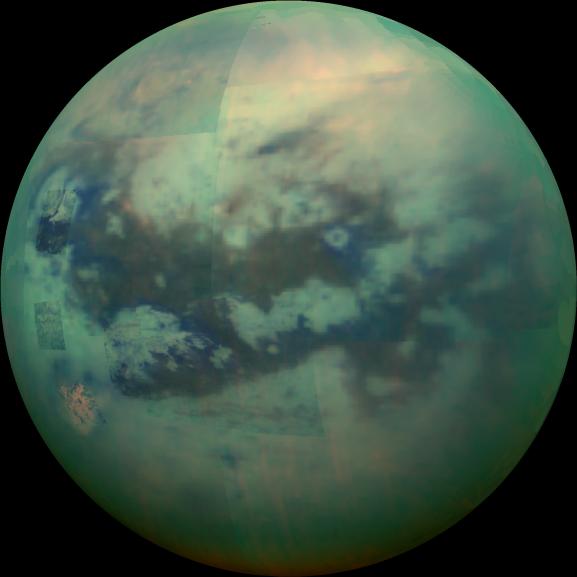
Saturn's moon Titan is one of the most peculiar places in the entire solar system. It has lakes, oceans, rivers and rain — all composed of liquid methane and ethane. The moon's surface is too cold for liquid water, but perfect for flowing methane. It is also thought to possess a subsurface ocean. This composite image shows infrared views of Titan, acquired during the Cassini "T-114" flyby on Nov. 13, 2015.
The Cloak Around Titan
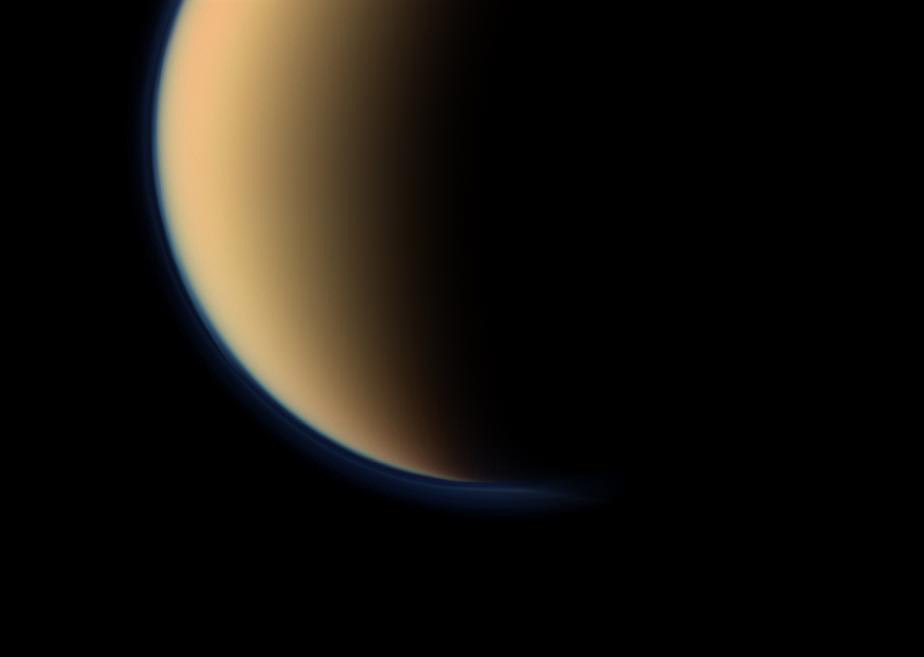
In visible light, Titan is wrapped in an opaque layer of orange haze.
Titan Revealed
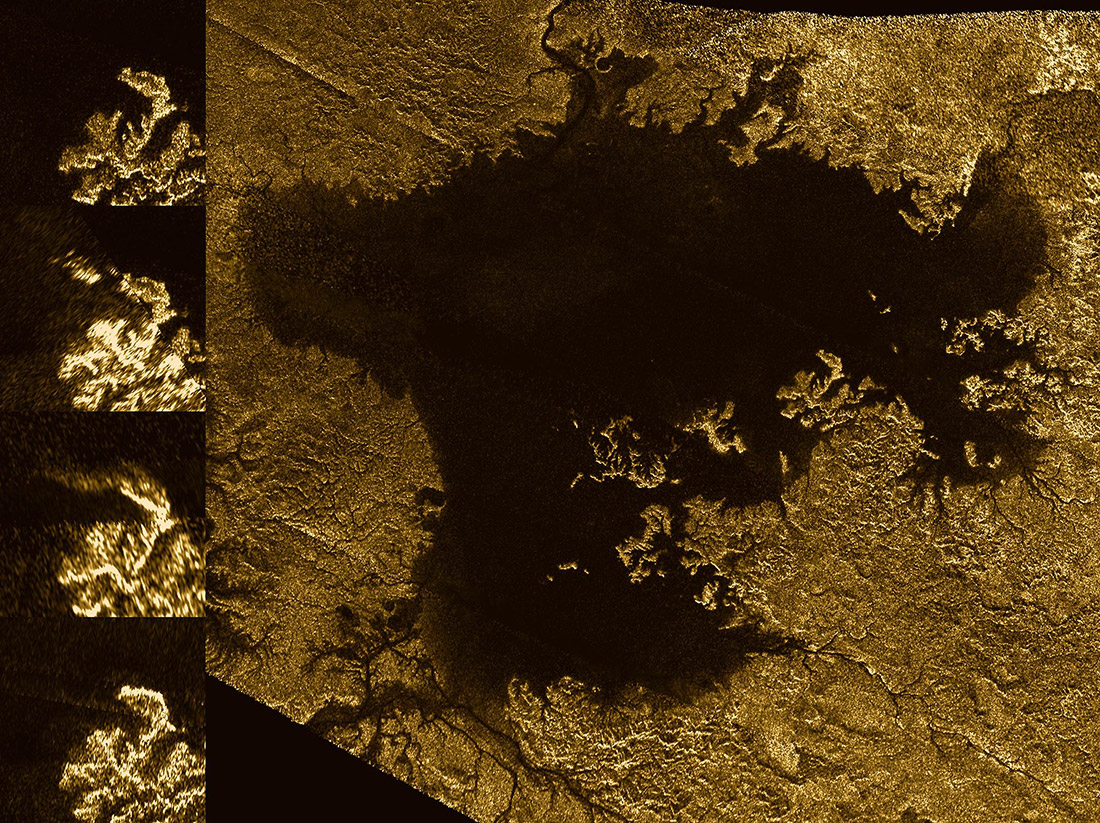
By observing Titan in different wavelengths of light, or with radar and other instruments, Cassini scientists revealed the world beneath the haze. This image from the radar instrument aboard Cassini shows the large hydrocarbon sea named Ligeia Mare. Transient features on the surface of the sea came to be known as "magic islands."
Canyons on Titan
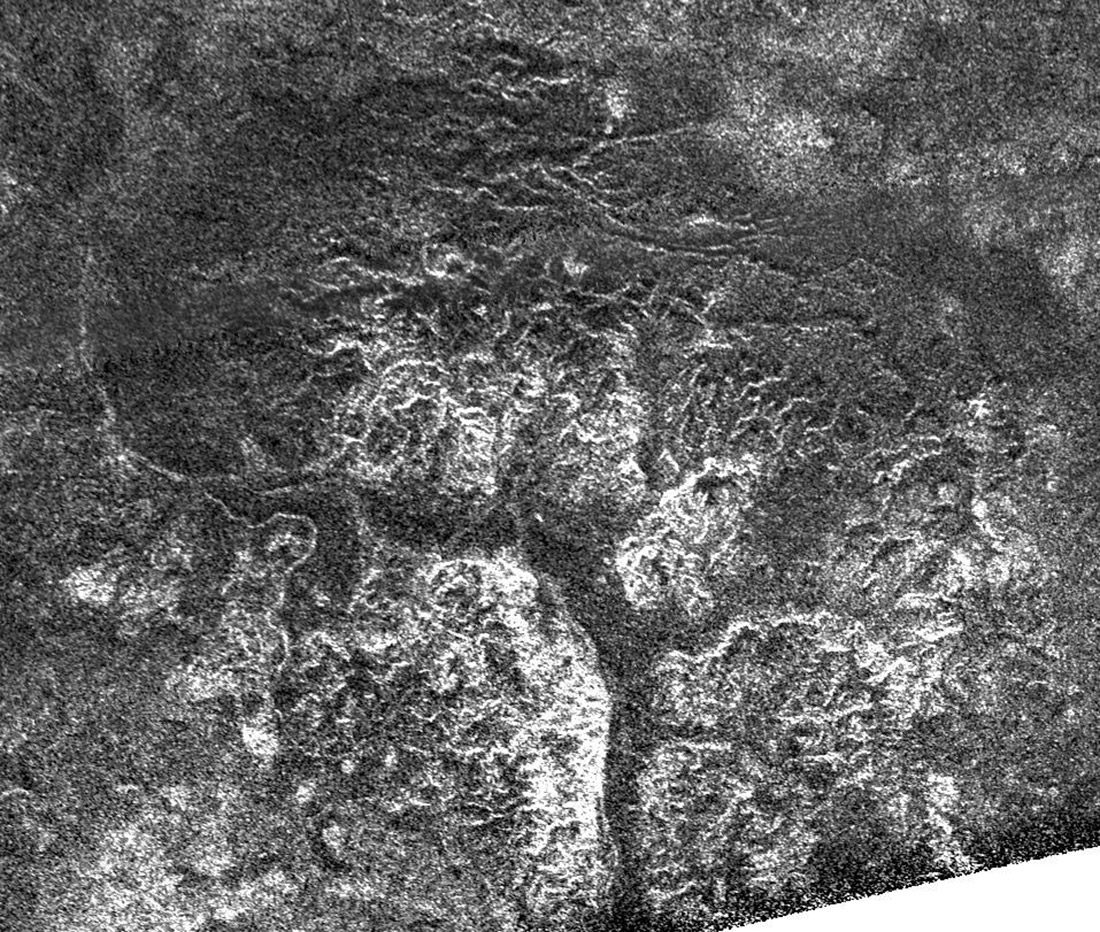
Complex and unique canyon systems appear to have been intricately carved into older terrain by the ample flow of liquid methane rivers on Saturn's moon Titan, as seen in this radar image taken by NASA's Cassini spacecraft on May 21, 2009.
An Ice Volcano on Titan
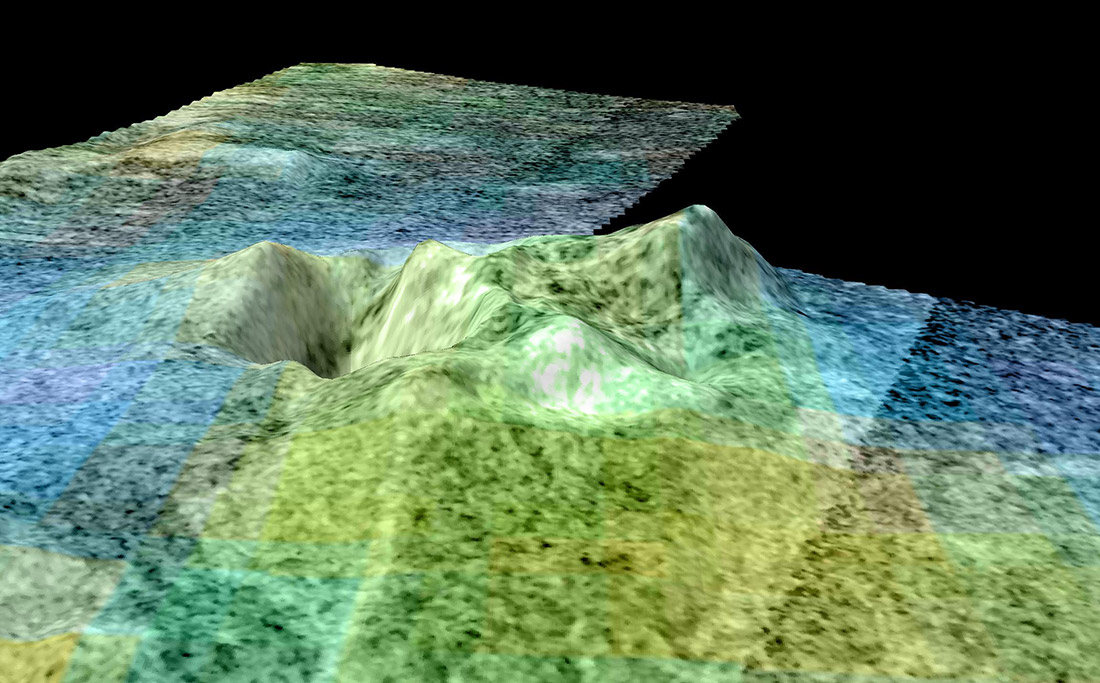
This frame from a movie is based on data from NASA's Cassini spacecraft and shows a flyover of an area of the Saturn moon Titan known as Sotra Facula. Scientists believe Sotra is the best case for an ice volcano, or cryovolcano, region on Titan.
Enceladus
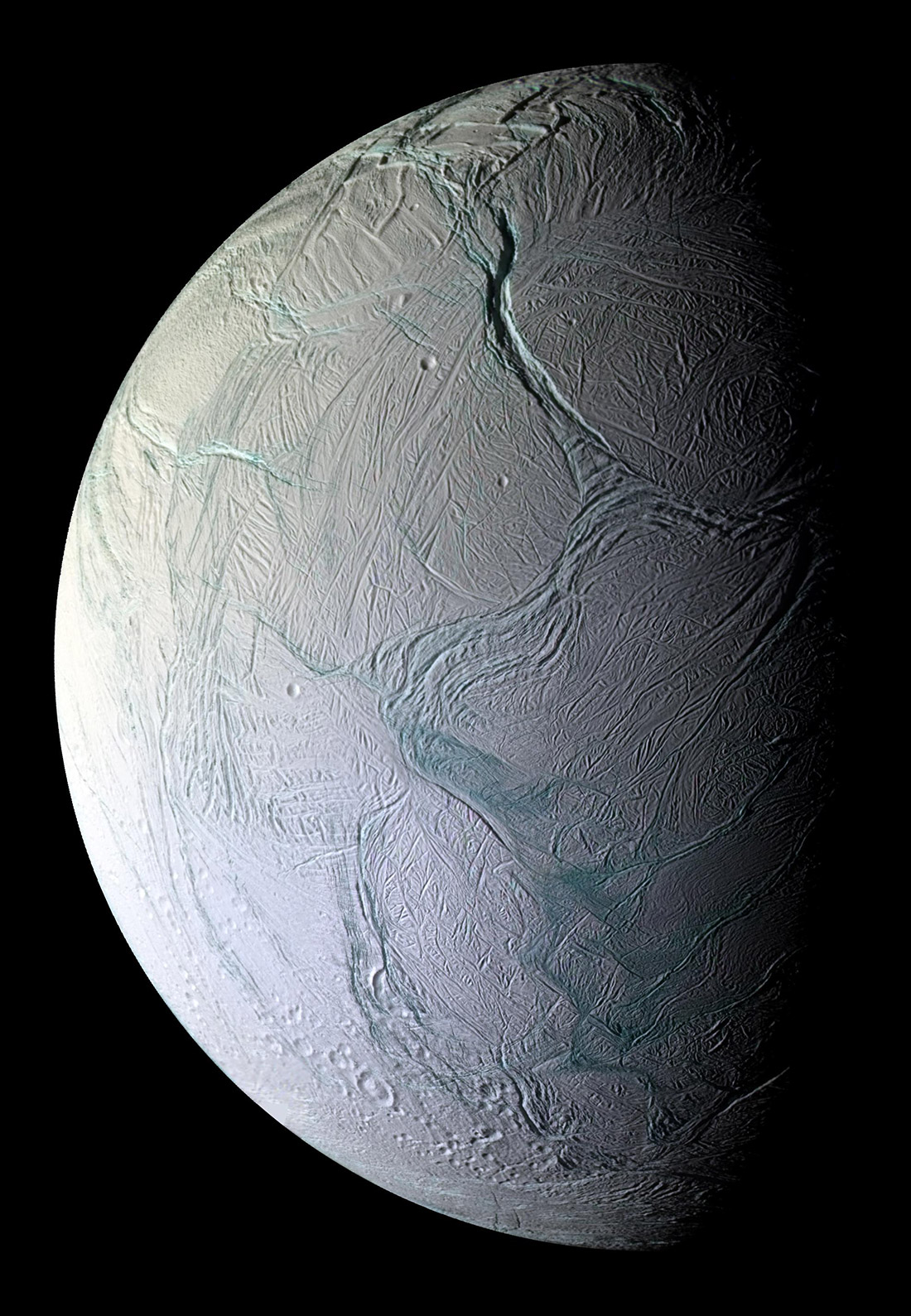
On Oct. 9, 2008, Cassini captured this stunning mosaic of the moon Enceladus. Cracks in the moon's icy shell indicate the presence of geologic activity, and a subsurface ocean. Geysers spewing from the surface of Enceladus contain water (this was confirmed by the Cassini probe, which flew through several of the plumes). Subsurface heat vents may be generating the geysers. With a liquid water ocean and a subsurface heat source, researchers think Enceladus could potentially support life.
Get the Space.com Newsletter
Breaking space news, the latest updates on rocket launches, skywatching events and more!
Enceladus' Plume
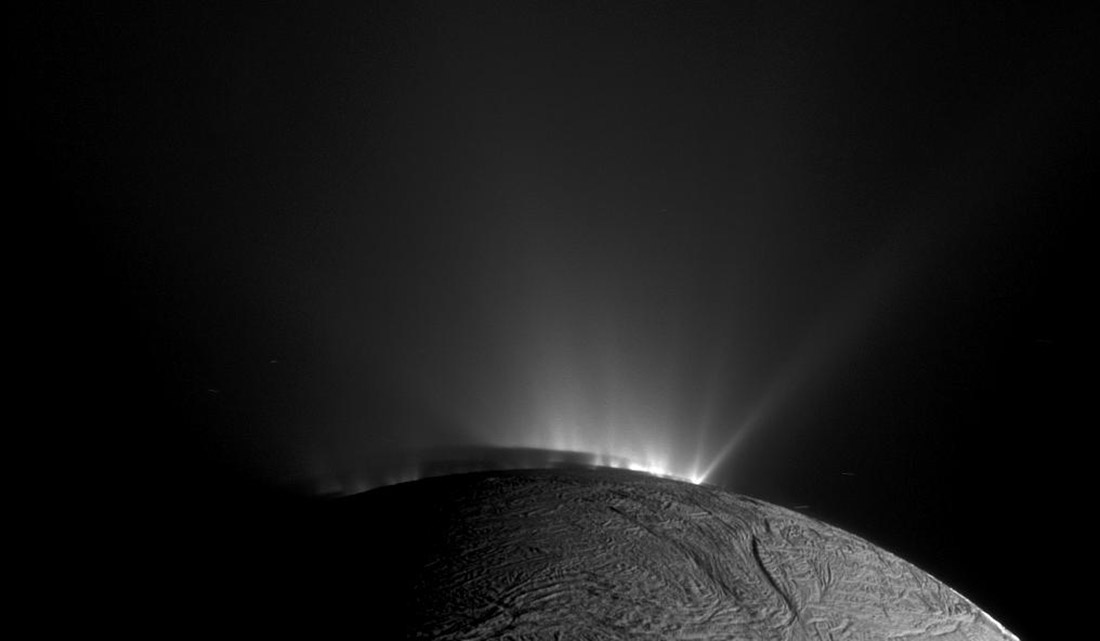
One of Enceladus' plumes in silhouette
The Face of Phoebe
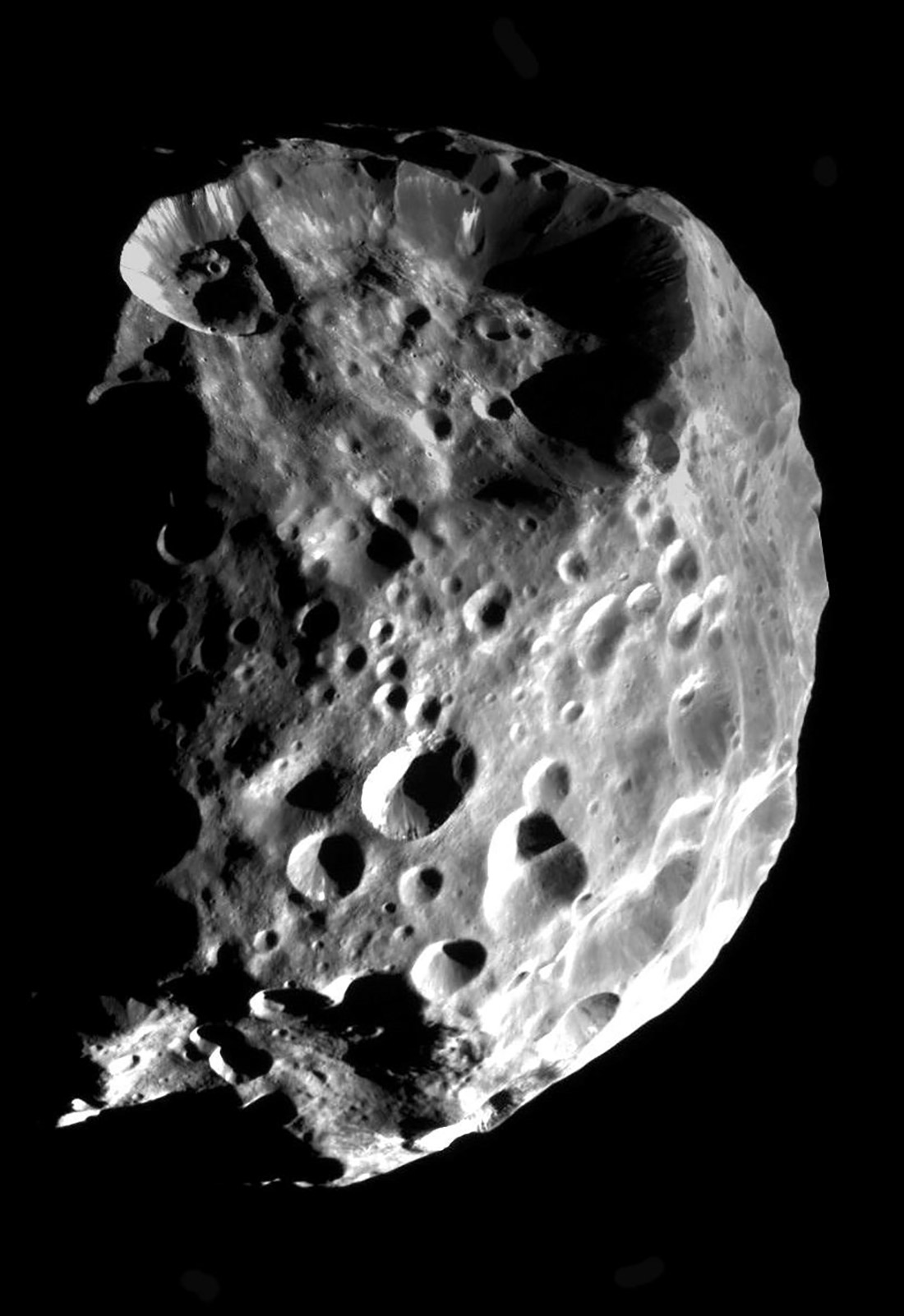
The dimpled moon Phoebe loops around Saturn in the opposite direction of most of the other moons, and most objects in the solar system. Its orbit is also inclined with respect to Saturn's equator. These and other characteristics of Phoebe have made scientists suspect that this battered body may not be a native of the Saturn system. Rather, it may be a captured Centaur, or an object that migrated from the Kuiper Belt (beyond Neptune) to the inner solar system. Centaurs formed in the very early solar system and have changed little since, so studying Phoebe could provide researchers with a time capsule of the early universe.
Phoebe is also responsible for the strange appearance of its neighbor Iapetus, which has one white hemisphere and one hemisphere that appears to be splattered with a dark gray material. See the next slide to learn more.
Iapetus
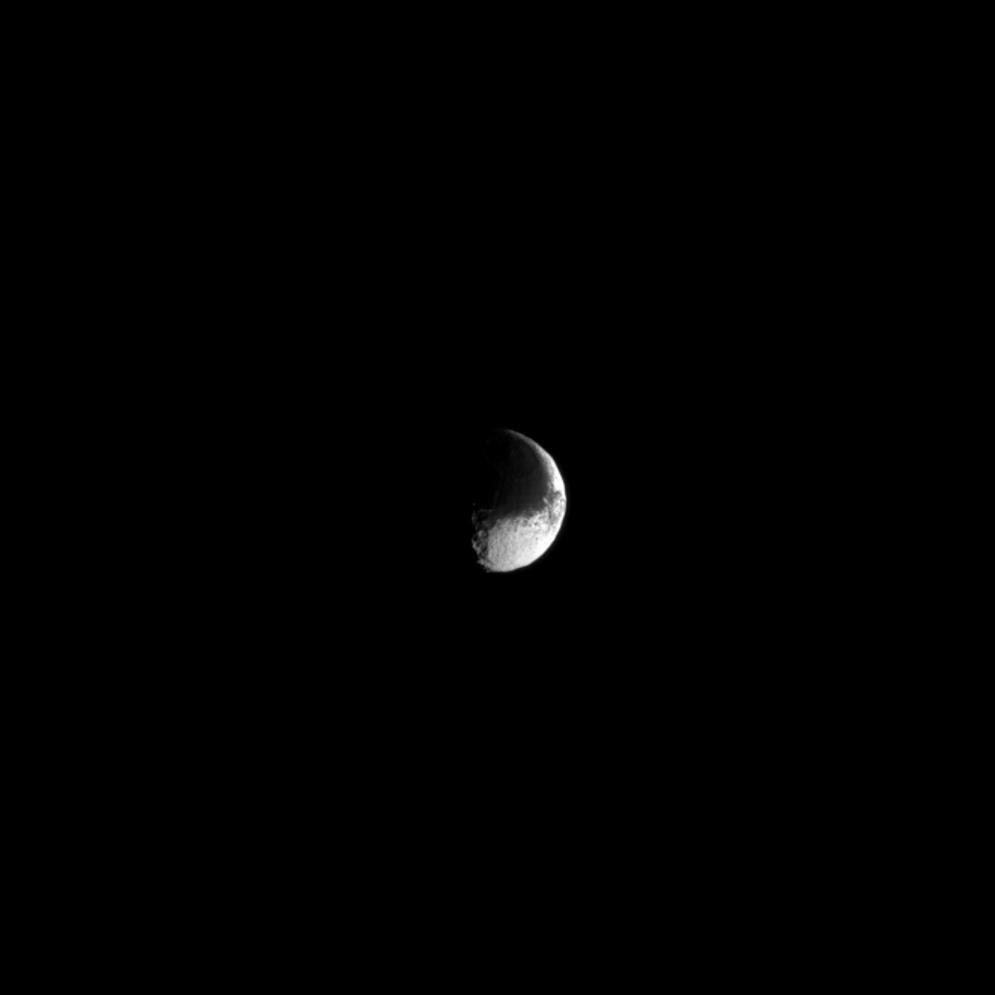
Caption: Very early observations of Saturn's moon Iapetus revealed the extreme color contrast on its surface. The light and dark features give the moon a distinctive yin and yang appearance. This false-color image is used to emphasize the difference in the composition of material on the moon's surface, which is responsible for the color difference.
Observations by the Cassini probe suggest that the dark material that was splattered onto Iapetus' surface comes from the thin ring of debris caught in the orbit of Saturn's moon Phoebe.
Yin and Yang
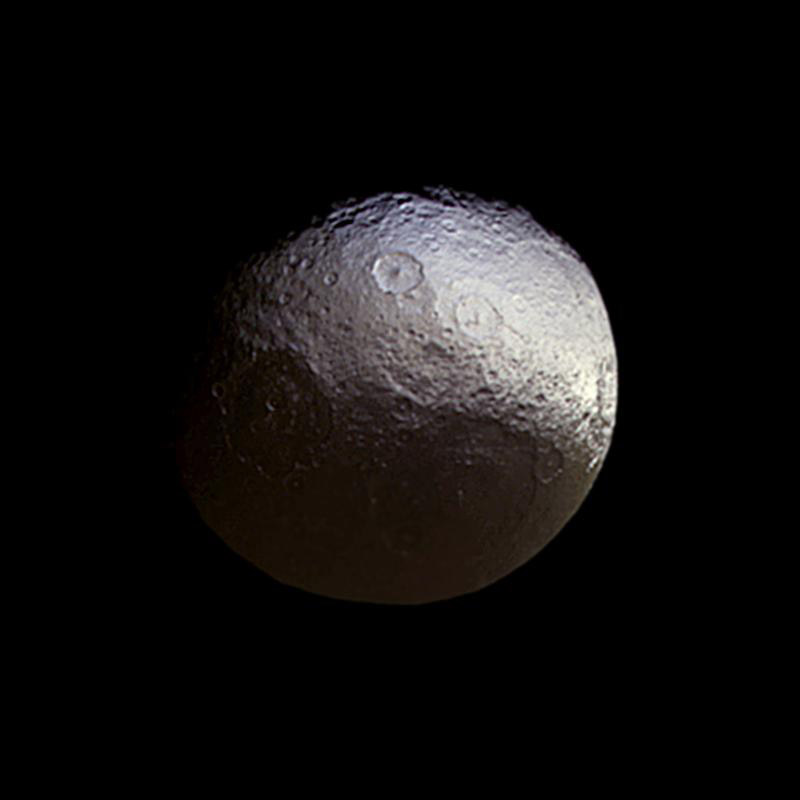
This image taken by the Cassini spacecraft shows what the two-tone surface of the moon Iapetus looks like without false color. Cassini examined Iapetus for about a week in early 2015, in a campaign partly dedicated to further investigating subtle color differences within the moon's bright terrain.
Join our Space Forums to keep talking space on the latest missions, night sky and more! And if you have a news tip, correction or comment, let us know at: community@space.com.

Calla Cofield joined Space.com's crew in October 2014. She enjoys writing about black holes, exploding stars, ripples in space-time, science in comic books, and all the mysteries of the cosmos. Prior to joining Space.com Calla worked as a freelance writer, with her work appearing in APS News, Symmetry magazine, Scientific American, Nature News, Physics World, and others. From 2010 to 2014 she was a producer for The Physics Central Podcast. Previously, Calla worked at the American Museum of Natural History in New York City (hands down the best office building ever) and SLAC National Accelerator Laboratory in California. Calla studied physics at the University of Massachusetts, Amherst and is originally from Sandy, Utah. In 2018, Calla left Space.com to join NASA's Jet Propulsion Laboratory media team where she oversees astronomy, physics, exoplanets and the Cold Atom Lab mission. She has been underground at three of the largest particle accelerators in the world and would really like to know what the heck dark matter is. Contact Calla via: E-Mail – Twitter









